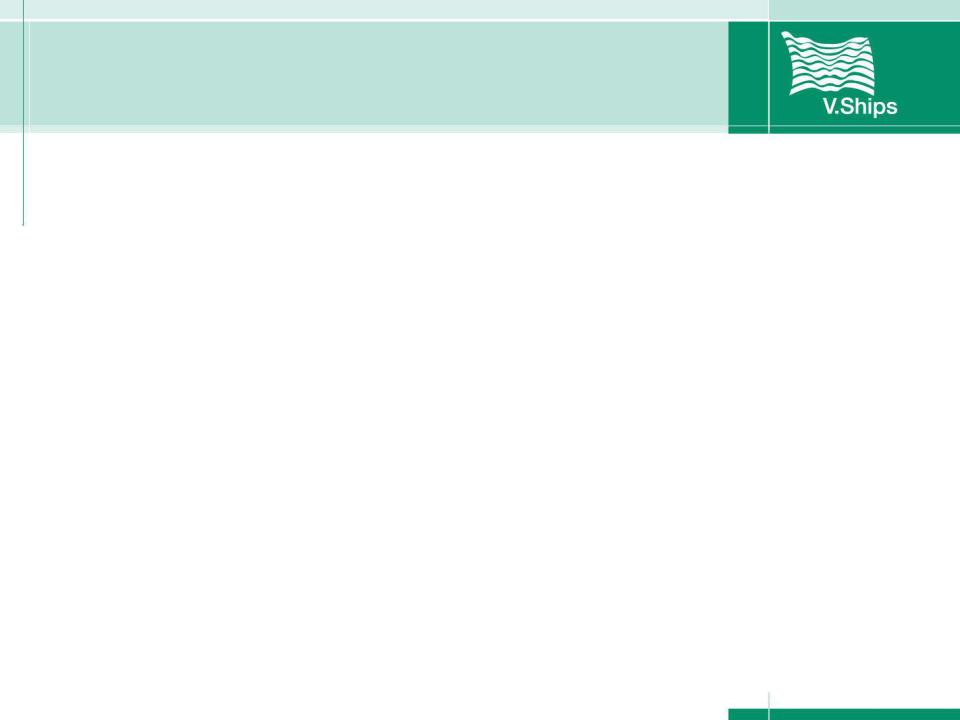
Chemical Tankers / Day 3 / Day 3 Topic 1 Cargo Planning & Stowage
.pdf
1.2 Stow Plan review
4. Compatibility (heat, reactivity, coating resistance)
Resistance List with footnotes.

1.2 Stow Plan review
4. Compatibility (heat, reactivity, coating resistance)
Footnotes explanations.

1.2 Stow Plan review
4. Compatibility (heat, reactivity, coating resistance)
Remember – Stowage of cargo with incompatible tank coating or cleaning of tank by unacceptable / incorrect methods prior consulting with Manufacturer’s Resistance List may result a breakdown of the cargo tank coating.

1.2 Stow Plan review
5. Cargo quantity options
The cargo options should be taking into consideration upcoming cargo stowage based on following available options:
•MOLOO – More or Less Owners Option;
•MOO – More Owners Option;
•LOO – Less Owners Option;
(these are provided within the voyage orders)

1.2 Stow Plan review
•MOLCO – More or Less Charterers Option;
•LCO – Less Charterers Option;
•MCO – More Charterers Option;
•Min/Max – Exact nominated quantity;
The available cubic meters for cargo should be calculated based on highest possible temperature of cargo during the voyage.

1.2 Stow Plan review
Various sources of ship and tank type compliance.
a) Fitness List tank type compliance.
Should always be checked in conjunction with Fitness List.

1.2Stow Plan review
b)IBC Code chapter 17, columns “e” – ship types, “f” - tank types.

1.2Stow Plan review
c)CG Regulation 515, table 151.05, hull types and tank types.

1.2 Stow Plan review
7. Load Lines (Draft restrictions, summer allowance, FWA)
The load line of a vessel indicates the maximum permissible tonnage that can be loaded based on the Load line zone the vessel will pass through and season of the year. Each mark corresponds to tropical, summer, winter and winter NA zones.
Draft restrictions for loading and discharge ports should always be
followed as per Load Line regs.

1.2 Stow Plan review
7. Load Lines (Draft restrictions, summer allowance, FWA)
As salt water is more dense than fresh water, allowance should be made for the extra sinkage of the vessel in freshwater. This is known as the freshwater allowance (FWA).
This must be taken into consideration when stowage is planned.
